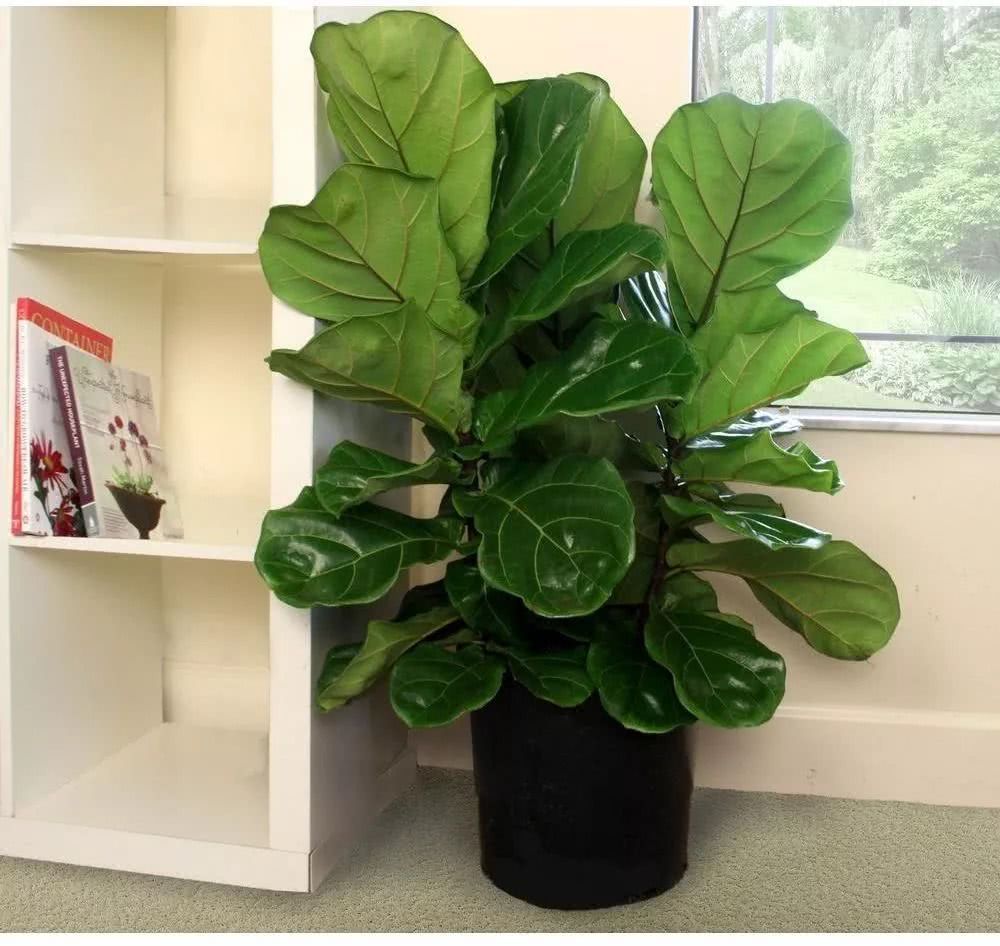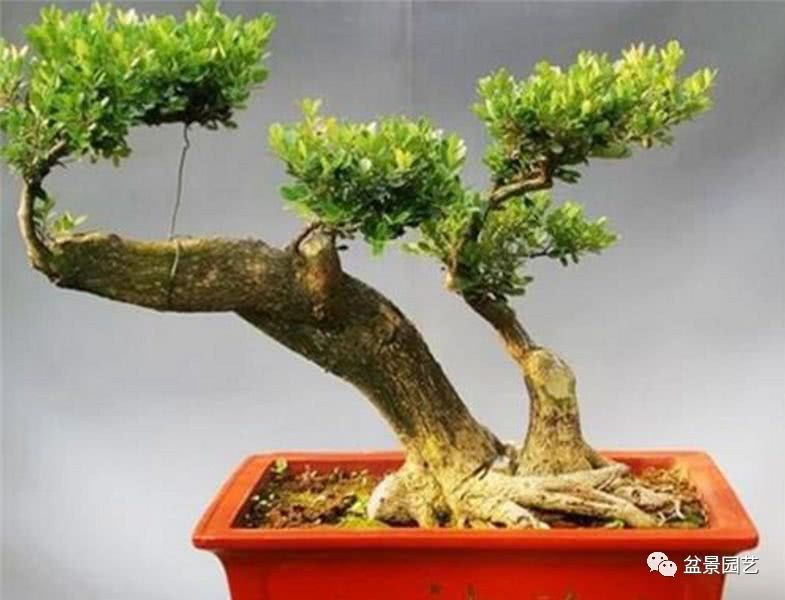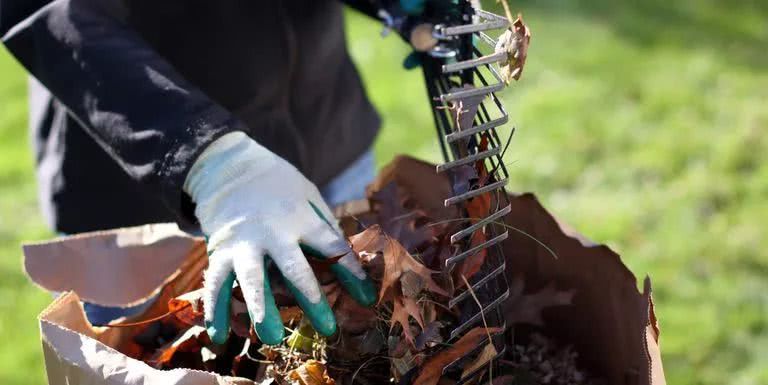The fir leaves of potted plants often have black spots. It is very likely that these five points have not been done well.

The banyan leaf looks very delicate, but its leaves are prone to black spots in the process of maintenance, because it is still picky about the environment, but it can be raised well as long as you pay attention to the following five things.
The fir leaf banyan maintained indoors must be placed in a ventilated and transparent environment to avoid being kept in an airtight space. It is best to have appropriate scattered light every day, or at least keep the light bright. Don't keep it in a completely dark place.
Qin leaf banyan likes a warm and humid environment all the year round. In tropical and subtropical areas, it can be planted outdoors and can grow up to seven or eight meters high, while when it is cultivated in indoor potted plants, its plant type can be controlled and its height can be controlled at about one to two meters.
Let's take a look at the five most common mistakes in the maintenance of fir leaves.
1. Overwatering
What is most feared for the conservation of potted fir is that it is watered too frequently, which was originally grown in West Africa. If it is raised outdoors, it needs enough water to grow well, but if it is raised in a flowerpot and planted in a place where there is no light indoors, it does not need regular water supply, usually after the soil is dry.
If your banyan leaves are raised in a place with more sunshine, you can wait until the surface soil is dry before watering. Keep the soil moist in spring and summer, and control watering in autumn and winter.
2. Excessive drought
Potted banyan leaves should also be taken care of regularly to avoid excessive drought. If there is a long-term lack of water, it is also easy to dry up and lose its leaves.
If there is a lack of water, the leaves of the fir will droop and become very soft. If they are not watered for a long time, the leaves of the banyan will easily turn yellow and finally turn brown and keep falling.
3. The light is too abundant
If you want to promote the growth of potted banyan leaves, you should give proper scattered light every day, but to avoid exposure or excessive darkness, you cannot keep it in a completely dark place, nor can it be kept in a place where there is exposure or direct sunlight for a long time, preferably by the windowsill facing east.
Potted banyan leaves are not suitable for south-facing or west-facing windows, because the sun is so strong that it is easy to cause the leaves to dry out.
If there is too much sunshine, the leaves of the banyan will turn white and have long brown spots, so you should cut off these diseased leaves in time and move them to a cool place for maintenance for a week or two.
4. Excessive fertilizer
Potted banyan leaves have little demand for fertilizer, and only a small amount of fertilizer is needed to grow well every year. Generally, fertilizer is properly replenished in spring and summer, and fertilizer can not be applied too frequently. It is usually given slow-acting thin fertilizer once every 3-4 weeks, and the concentration should not be too high.
If the maintenance of Qin leaf banyan is fertilized too much, it is easy to cause fertilizer injury, which shows that the new leaves wither, the leaves turn yellow and keep falling.
5. Excessive cold
Qin leaf banyan likes a warm environment all the year round. If the maintenance temperature is too low, it is easy to frostbite. The minimum maintenance temperature should be kept above 7 degrees. When the weather gets cold at the end of autumn, it should be moved indoors for maintenance.
After the weather becomes cold, in addition to maintaining a warm environment, watering should also be properly controlled. If too much watering in winter will aggravate frostbite, it is also very important to pay attention to maintaining a certain degree of air humidity when conserving Qin leaf banyan. You can spray water around, but do not spray it directly on the leaves. If there is stagnant water on the leaves, it is easy to grow black spots.
If you do not want black spots on the leaves of the fir leaves you maintain, do not spray water directly onto the leaves, wipe the leaves regularly to avoid too much dust on the leaves, and maintain good ventilation in the position of the banyan leaves.
- Prev

Illustration of Poplar Bonsai production Technology detailed explanation of Poplar Bonsai production Technology
Content Abstract: Populus tomentosa, etc., recorded in the Populus tomentosa family, belongs to dicotyledonous varieties, the plant is a shrub species, the height is about 1 meter, mostly wild in the valleys. What I will introduce to you next in this article.
- Next

The six most common mistakes of homemade composting learn the simple skills of making your own organic fertilizer
Next, I would like to introduce to you the matters needing attention in self-made composting. If you throw some peel and vegetable leaves directly outside, they will eventually decompose and slowly become the fertilizer of nature.
Related
- Wuhan Hospital Iron Tree Blooming Result Was Instantly Frightened by the Gardener Master
- Which variety of camellia is the most fragrant and best? Which one do you like best?
- What is the small blue coat, the breeding methods and matters needing attention of the succulent plant
- Dormancy time and maintenance management of succulent plants during dormancy
- Minas succulent how to raise, Minas succulent plant pictures
- What are the varieties of winter succulent plants
- How to raise succulent plants in twelve rolls? let's take a look at some experience of breeding twelve rolls.
- Attention should be paid to water control for succulent plants during dormant period (winter and summer)
- Watering experience of twelve rolls of succulent plants
- Techniques for fertilizing succulent plants. An article will let you know how to fertilize succulent plants.

